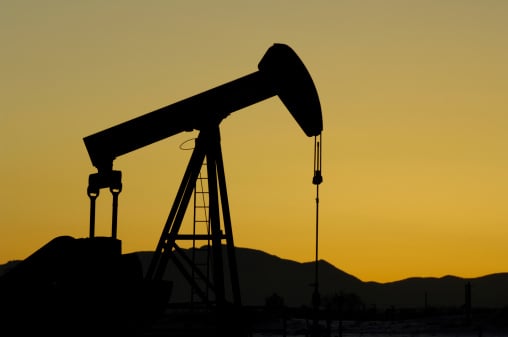
Source: Thinkstock
In the U.S., the AAA reports that gasoline prices early Saturday morning averaged $2.782, down a penny from yesterday and down from $3.023 a month ago. A year ago a gallon of gasoline cost an average of $3.279.
At its meeting on Thursday in Vienna, OPEC decided that it will not cut the official production target of 30 million barrels a day, about a third of which comes from Saudi Arabia, and that decision absolutely hammered crude prices on Thursday and Friday.
The Saudis indicated a month ago that they would not cut production to boost prices, choosing instead to wage a market share war with both Russian and U.S. producers. Saudi production is probably among the cheapest in the world and the government has banked a large fortune in oil riches that will help the Kingdom ride out the current low prices.
Now that the Saudis have recognized the threat posed by the shale oil production in the U.S., their best chance to neutralize the threat is to play the long game. The Saudis no longer have the clout they once had in the oil markets. For at least the last 20 years, the Saudis have been the swing producers, able to turn the oil spigot on and off to meet rises and falls in demand. This is no longer the case.
The boom in U.S. production thanks to horizontal drilling and fracking has essentially awarded the title of swing producer to the U.S. And right now, the falling price of crude has yet to have an impact on U.S. production. Producers in the Bakken and other shale plays won’t cut production yet, but they are likely to be forced to scale back capital spending until prices start rising again and that will have the effect of cutting production in the future.
In the event, demand is declining for a number of reasons. In the U.S., for example, as new vehicle fuel-efficiency ratings improve demand for motor fuel declines and driving habits have changed since the price spikes in the middle of the last decade. In the emerging economies of the world, demand has fallen as growth has slowed in China, Brazil, and elsewhere.
Globally there is also the increasing focus on climate change and the damage to the planet caused by carbon dioxide emissions. There is reason to believe that concerns about climate change and energy use are far more likely to last than they were 40 years ago when President Jimmy Carter encouraged everyone to turn the heat down and put on a sweater.
The Saudis recognize that oil prices have to fall now and they believe that they are in the best position to be the last man standing if prices dive and stay down for a reasonably long period of time, say 18 months to 2 years. Crude prices will have to rise again as exploration and development slow down because low prices cut off capital funding. Gradually, supply will drop below demand and prices will begin to rise again. But how far and how fast are the big questions.
ALSO READ: As Oil Drops Below $70, What Happens?
Sponsored: Find a Qualified Financial Advisor
Finding a qualified financial advisor doesn’t have to be hard. SmartAsset’s free tool matches you with up to 3 fiduciary financial advisors in your area in 5 minutes. Each advisor has been vetted by SmartAsset and is held to a fiduciary standard to act in your best interests. If you’re ready to be matched with local advisors that can help you achieve your financial goals, get started now.
Thank you for reading! Have some feedback for us?
Contact the 24/7 Wall St. editorial team.


